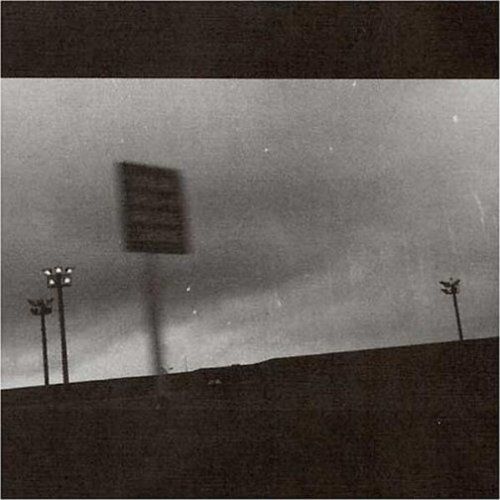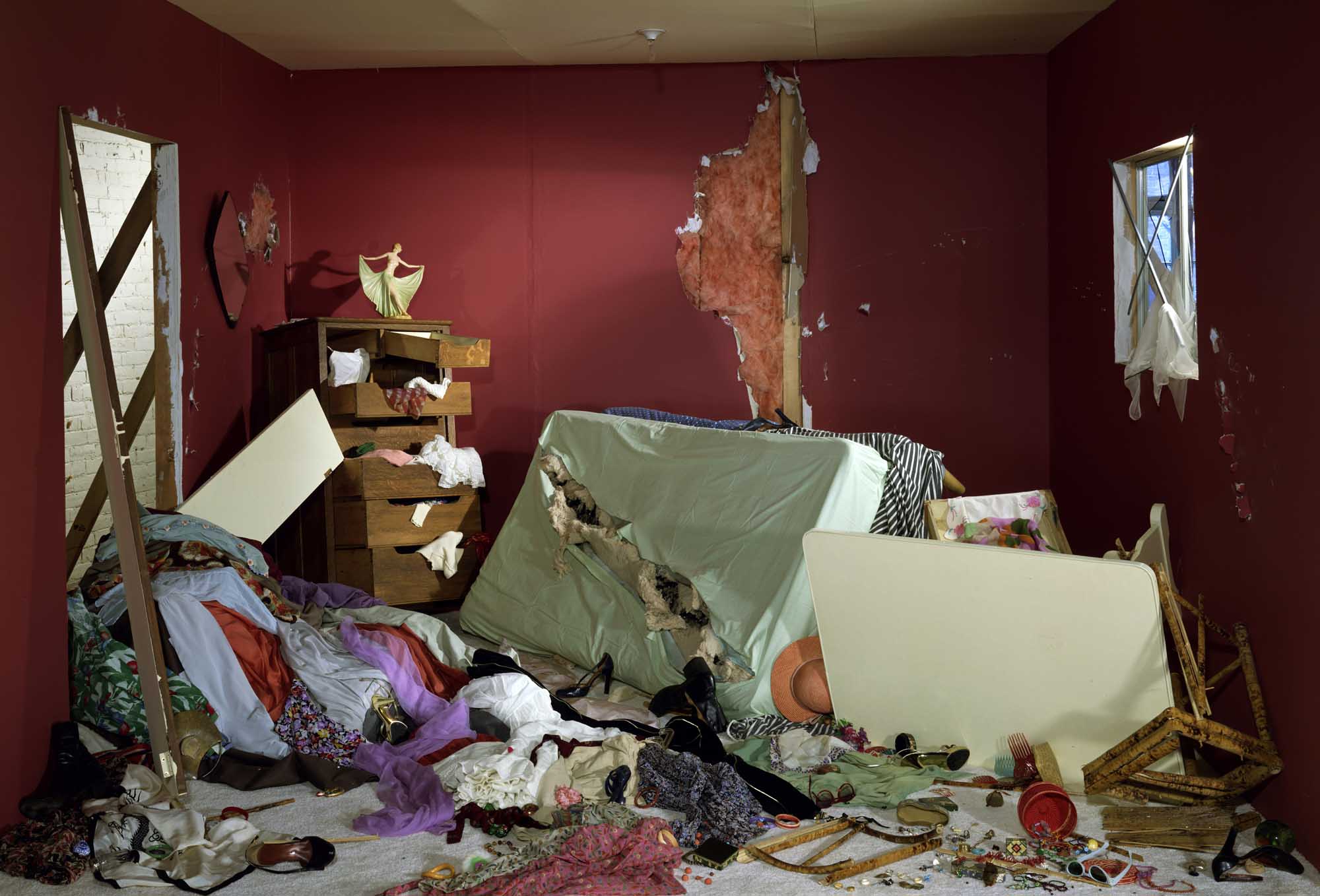I’ve lived in this city for 13 years. The streets are, by now, drenched and dripping with notes, chords, screamed passages and softly whispered verses. I listen to music on the go: criss-crossing the city from place to place or, more often, aimlessly, as sleep walks one step faster than me. In these darkned hours, my emotions are in flux and so is my music. Whether it be shouted melodic hardcore or abrasive drone that graces my ears however, the monuments and corners of the city fade into the music and are, in turn, accentuated by them: buildings take on sinister gazes, shade and light interact with guitar and bass and every empty nook is filled with the vocalist’s words.
However, interestingly enough, it’s when I don’t listen to music while walking that the music most comes forth. Even when the headphones are silent, the environs around me ring with half-remembered passages, lightly embellished phrases and notes. This has driven the point home for me: music and place and, indeed, music and space have an intimate, two directional, relationship. The music that we listen while inhibiting a place changes it and vice versa. But how? What is the mechanism or method in which these two elements blend? That’s the purpose of this piece: to consider the many ways in which these two phenomena interact.

The cover to Godspeed You! Black Emperor’s f # a # infinty. I once described this album as being lost in an aural city without a map
The first atmosphere we might want to consider is that of the live venue. Especially in metal, but not only, the live venue feels like an ex-territorial place, divorced from the normal rules of conduct in the world outside. For starters, personal space is limited; flesh draws close and intermingles, swayed and abnegated by the emotional and internal experiences the crowd is undergoing. However, that internal experience has external manifestations: the body moves, expresses and, especially in metal, collides and collapse. The mosh is perhaps the most vibrant and externalized expression of musical experience and its closely related to space: try moshing in the street or in the comfort of your home and you’ll quickly feel these restrictions. Add to this the presence of substances legal and otherwise which affect our body, and which are available in much larger supply at a venue, and you have a heady mix of body, music and space.
The live venue also infuses our experience with elements which appear, at first, to be non-physical namely the quality of the sound. Whether it be a good mix or bad, the overwhelming power and wattage available at venues beggars the musical mind. Feeling the beat, internalizing the vibrations and parsing the information delivered is no mean feat and many have been known to feel overwhelmed. Think of drone. Think of raves, parties and blastbeats. The space in which the performance takes place allows it to be unchained from constraints of regulations, neighbours and walls. It allows it to boom out, filling every inch of air not filled with human bodies.

This is perhaps the clearest example of the interrelations between space and music but it’s by no means the last. The second environment which rises to mind is our sanctum sanctorum, the bedroom. Whether you live alone or with roommates, with your parents or by yourself, in an apartment building or an isolated cottage, the bedroom is often times the most sincere expressions of ourselves in space. We populate it with posters, furniture, clothing, electronics and in general adorn its walls with things which are important to us. We also fill it with music, often times with lavish sound systems. Who here doesn’t know the feeling of closing the door and playing a favorite album? Of escaping from the world into an internal one where you engineer the ambiance and message?
Music heard in this sort of setting can have a drastically different impact than music heard elsewhere. Somber songs are easier to dive into. Angry songs are easier to rage to, safe from the outside judgement of others. The echo chamber that is your room serves more than a safe space though: it also changes the music you listen to. Being able to rage, cry, laugh and express yourself fully also circles back and impacts the music that creates it. In other words, music listened in an enclosed space, especially one that is intimate to you, sounds closer, larger, more fulfilled and expressive.

Jeff Wall – Destroyed Room
The opposite atmosphere also interacts with music in an interesting way and brings us full circle with this piece. Downtime is rare these days, and perhaps always was rare. The time we spend travelling, whether on foot or in a vehicle, is a classic opportunity for music. It involves extended periods of action not requiring your immediate, devoted, conscious attention, attention which can then be turned to music. This type of environment usually has two distinct and often complementing effects: the first is the sense of distance. Many artists and styles appeal to a sense of wonder, hope and adventure in us. These are fostered and grow under the prospect of a far flung journey, of a road unveiling itself beneath our feet or wheels. This in turn grants the music targeting these emotions more fuel to burn, more punch and power.
The second effect is the crowd. Seeing as travel takes place in the public sphere, it’s impossible to ignore the gaze of other people that rests on us, even fleetingly, when we are performing it. However, that’s not to say that shame or embarrassment must follow: the opposite is often the case, with the bewildered looks on people’s faces only goading us into higher and higher heights of flamboyancy and performance. I posit that if you haven’t jumped off a bench in the street in time with a breakdown, you haven’t truly lived at all. Not to mention the happy happenstance of running into a fellow metal-head, wearing a shirt or jamming themselves to a track.
If this article seemed a bit subjective and personal, that was my intent. These bodily-spatial experiences are enountered as individuals. Sure, a certain amount of social programming takes place and informs their existence but overall, they are perhaps one of the most intimate and personal things we have. Each person reacts differently in shows, in their room, on the street or in their car. Without a doubt however, we all share the unique ties that exist between place, space and music. We all listen to music while being affected by how we feel and who we are but also by where we are. While it’s usually silent category, it’s perhaps a good idea to look at it from time to time and consider our interaction with it.
-EK